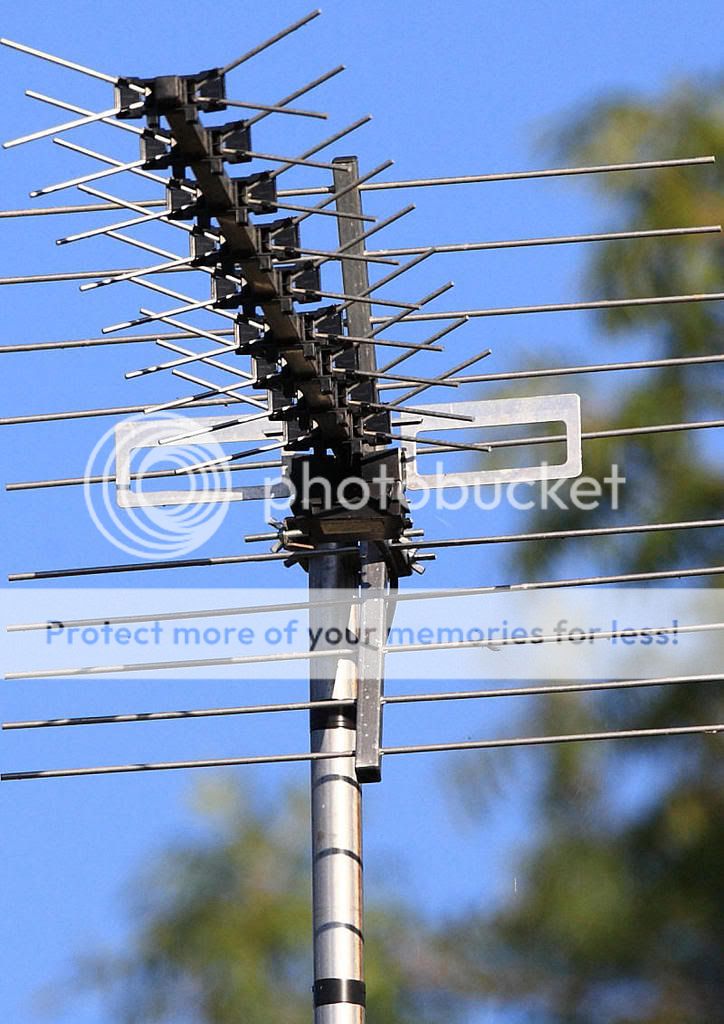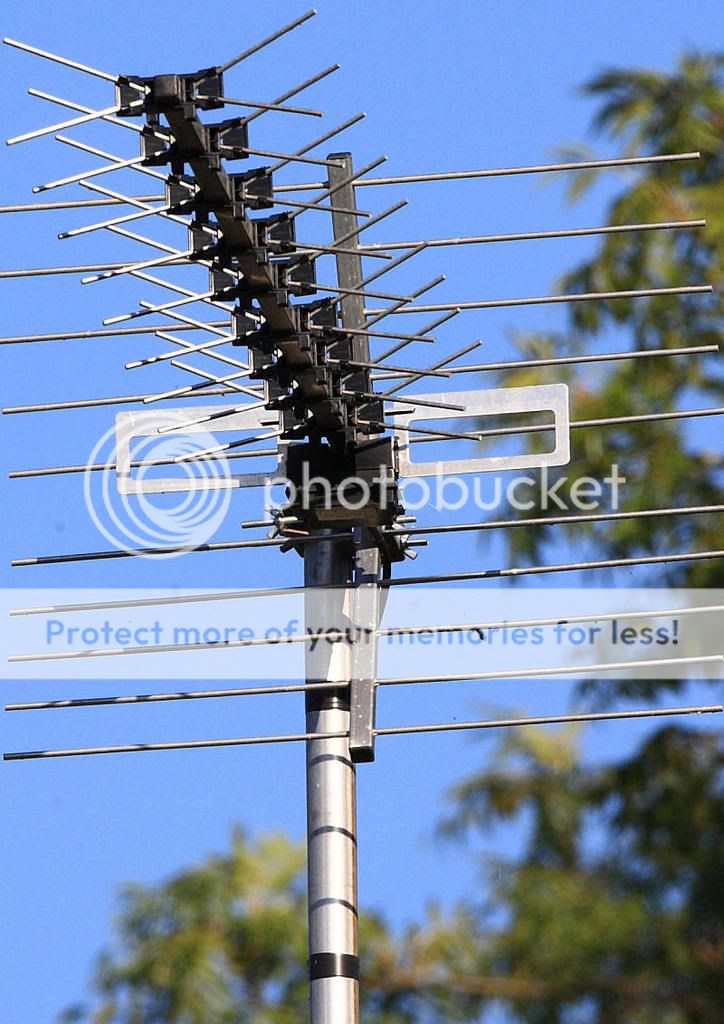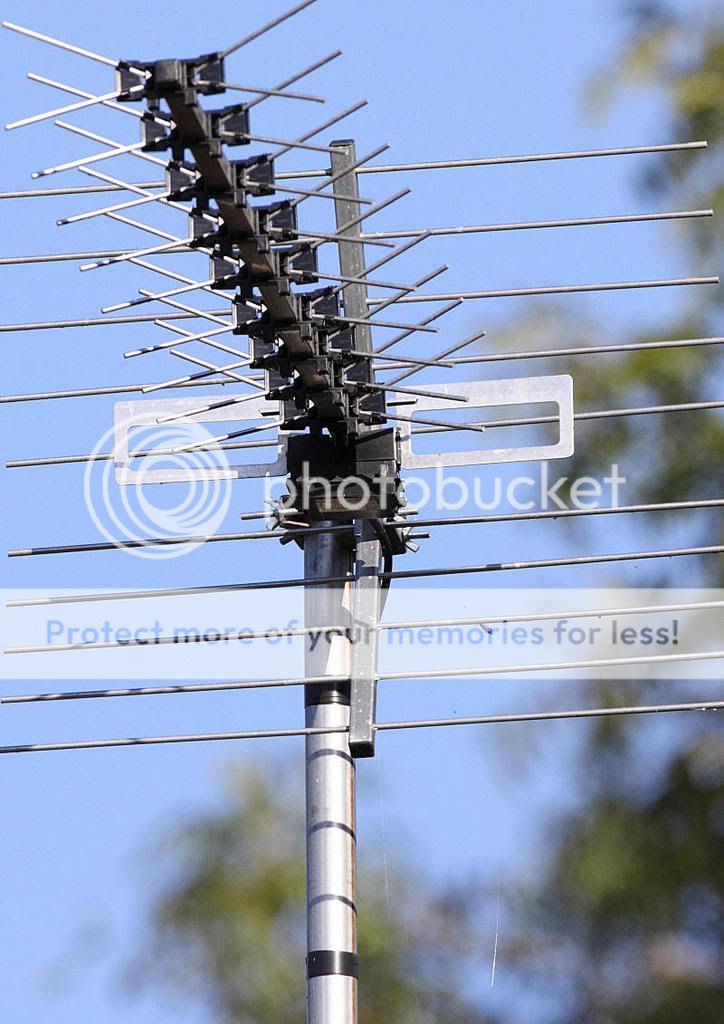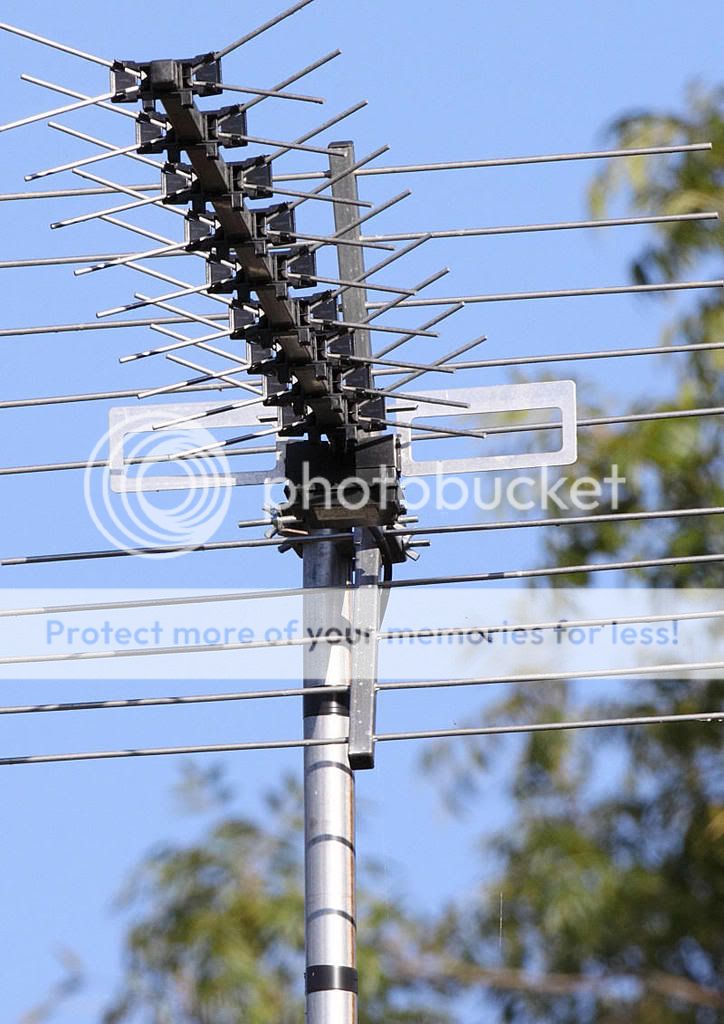Bob Latham
New member
The arrival of my 50D prompted me to have a shoot off between the four bodies I have in my bag....1DmkII, 5D, 30D and the new 50D. I chose my next door neighbour's TV antenna as the subject due to the detail contained and ease of cropping to an identical frame. The 50D's impressive pixel count lead me to believe that the 5D would be left for dead in terms of resolution....certainly far away from my normal 5D subject matter.
All shots were taken using the 600/4 IS, AF centre point, bodies in AV mode and picture style set to standard. I err'd slightly in that the 1D2 was using centre metering whilst the others were set to evaluative, hence the over exposure, and I apolgise for this, I decided not to make corrections in PP and this allows the test to retain some validity.
PP was limited to cropping all images to the same view and a post crop sharpening with the same parameters. Focus was on the brown rectangle in the centre of the structure.
The 5D sensor clearly exhibits the need for a clean but, as it is seldom used above f/4, it hadn't shown itself on my other images.
I hope it gives some insight into pixel density benefits.
Bob
1DmkII f/8
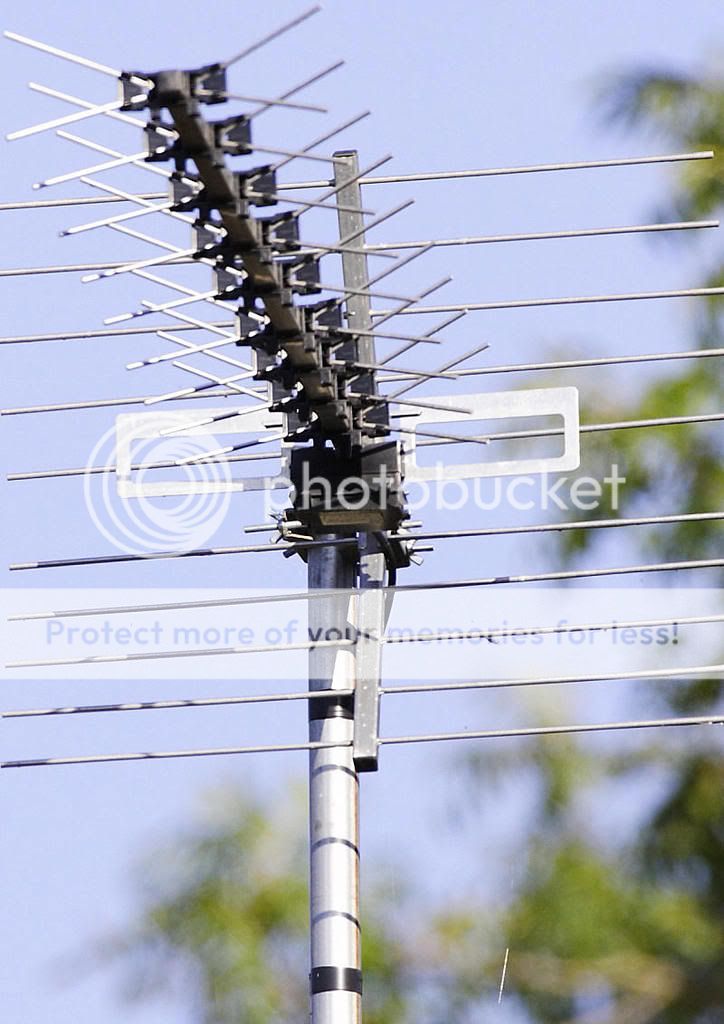
1DmkII f/16
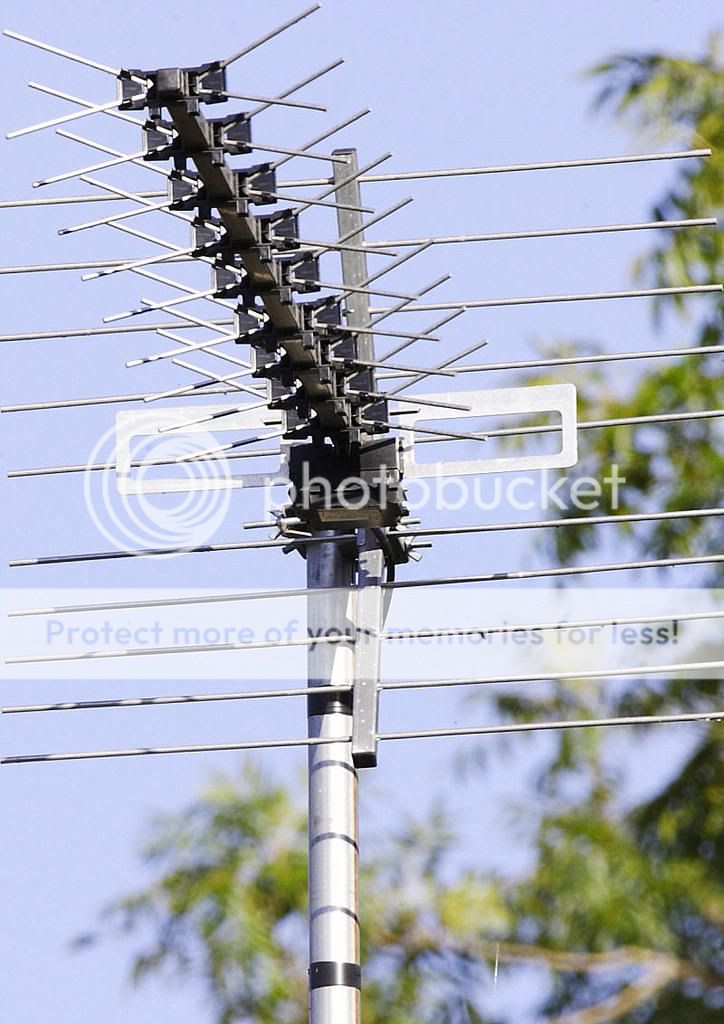
30D f/8
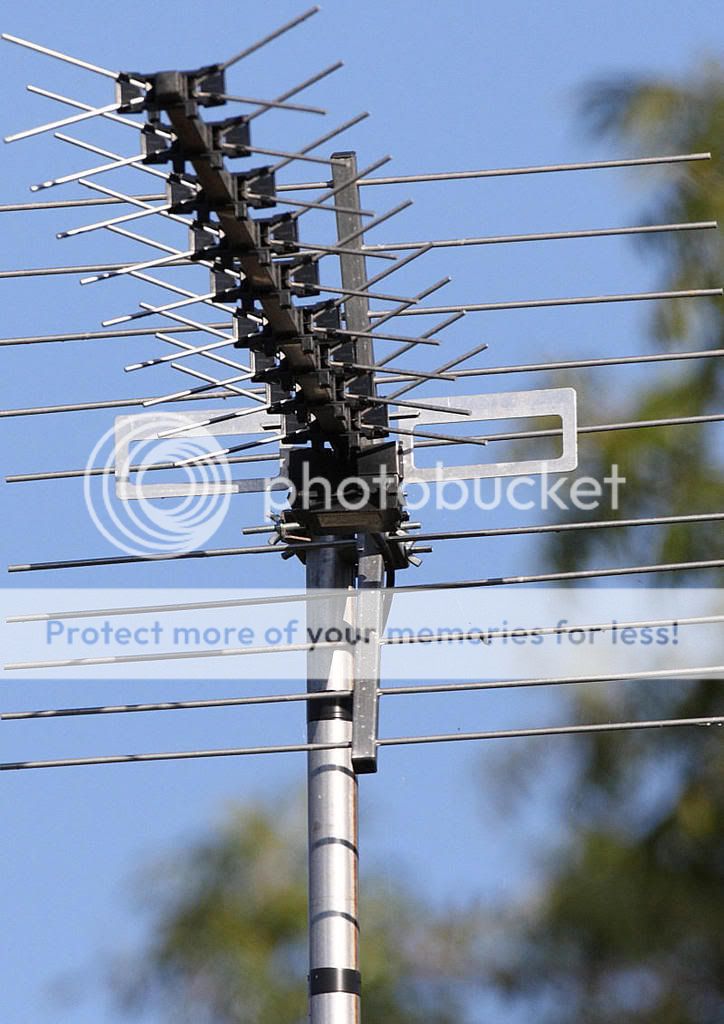
30D f/16
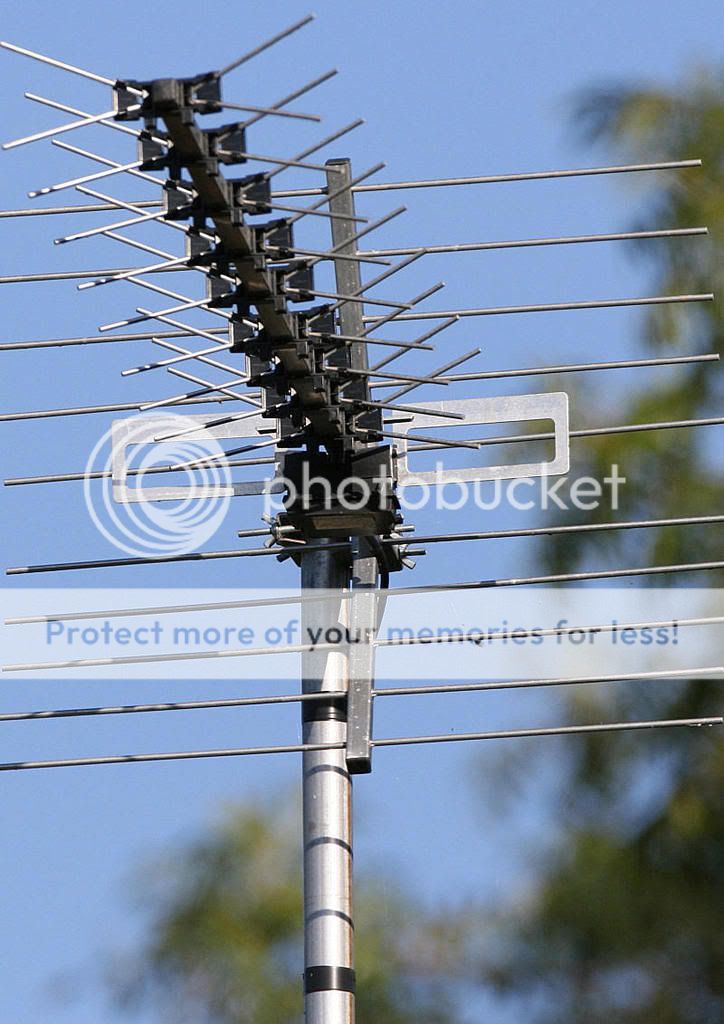
please see next post due to image limit
All shots were taken using the 600/4 IS, AF centre point, bodies in AV mode and picture style set to standard. I err'd slightly in that the 1D2 was using centre metering whilst the others were set to evaluative, hence the over exposure, and I apolgise for this, I decided not to make corrections in PP and this allows the test to retain some validity.
PP was limited to cropping all images to the same view and a post crop sharpening with the same parameters. Focus was on the brown rectangle in the centre of the structure.
The 5D sensor clearly exhibits the need for a clean but, as it is seldom used above f/4, it hadn't shown itself on my other images.
I hope it gives some insight into pixel density benefits.
Bob
1DmkII f/8

1DmkII f/16

30D f/8

30D f/16

please see next post due to image limit

